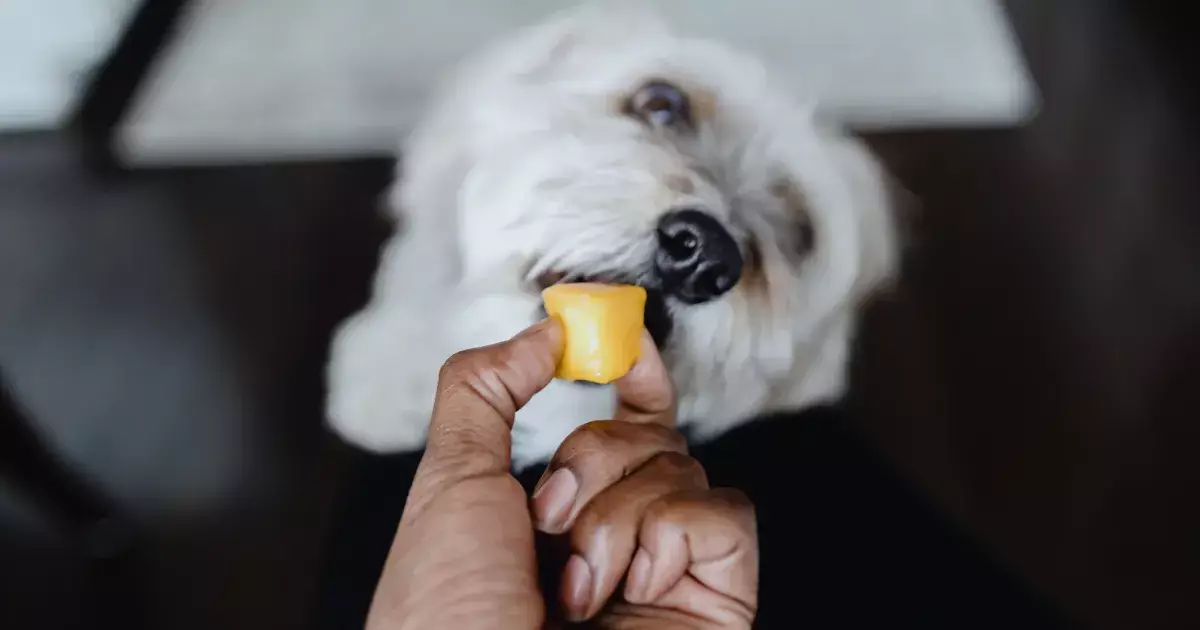As dog owners, we often find ourselves wondering about the safety of sharing our favorite foods with our furry companions. Among these tempting treats is cantaloupe, a summer favorite that not only quenches our thirst but also packs a wealth of nutrients. The curiosity surrounding dogs and cantaloupe is understandable, and it highlights a rich conversation about proper canine nutrition. While the default response from pet owners might lean towards caution, it’s crucial to emphasize educated decision-making backed by reliable information.
Indeed, the query “Can dogs eat cantaloupe?” often reveals a deep-seated desire to bond with our pets over food. Yet, that desire must be balanced with the knowledge that not all human foods are safe for canine consumption. It’s vital to approach any new addition to your dog’s diet thoughtfully. Always consult your veterinarian when incorporating human foods into your dog’s meals, as they can provide personalized advice based on your dog’s health and dietary needs.
Benefits of Cantaloupe: A Nutritional Powerhouse
The great news is that cantaloupe is relatively safe for dogs to enjoy, provided the rind is carefully removed. This melon serves as a hydrating snack—especially valuable during hot days. Cantaloupe is rich in vitamins A and C, both of which are known antioxidants. Antioxidants play a significant role in health, as they combat free radicals that can lead to cellular damage over time. By including this refreshing treat in moderation, pet owners can contribute to slowing down the aging process in their dogs.
Furthermore, cantaloupe is a fantastic source of fiber, which can aid in digestion, and vitamin B6, which is essential for a well-functioning immune system and red blood cell production. These components not only enhance your furry friend’s vitality but also improve their overall well-being. The low-calorie nature of cantaloupe makes it an excellent choice for dogs that may struggle with weight management.
Portion Control: The Key to Preventing Unwanted Reactions
While cantaloupe is generally safe, moderation is critical. Serving sizes should be guided by your dog’s size, weight, and individual health considerations. A few small pieces as an occasional treat can provide a delightful experience without risking digestive disturbances. Overindulgence can lead to gastrointestinal issues, such as diarrhea or upset stomach. Dogs can also vary in their sensitivity to the natural sugars found in fruits like cantaloupe, which underscores the importance of moderation.
Conscious pet owners should monitor their pets closely when introducing any new food. It’s wise to start with just a small amount and observe how your dog reacts. If any adverse symptoms—like itching, difficulty breathing, or discomfort—emerge, it’s crucial to consult a veterinarian immediately.
How to Serve Cantaloupe to Your Dog
Once you’ve confirmed that your dog can enjoy cantaloupe, the fun part begins: serving it! There are numerous ways to incorporate cantaloupe into your dog’s snacks. Fresh, diced pieces can be offered directly, providing a juicy treat that many dogs will love. For an enticing summer surprise, consider freezing small chunks of cantaloupe; these icy bites can offer hydration and entertainment during hotter months.
Another creative feeding method is dehydrating cantaloupe pieces. This transforms the juicy fruit into a chewy snack that can be stored and enjoyed at any time. The versatility of cantaloupe in your dog’s diet adds an element of excitement to their treats while ensuring they receive beneficial nutrition.
Precautions: The Rind and Allergies
As you explore the delicious world of cantaloupe for dogs, one paramount precaution to observe is the removal of the rind. This part of the fruit can pose a danger due to its tough texture. Dogs may attempt to consume it, risking choking or causing intestinal blockages. As a responsible pet parent, maintaining a keen eye on what your dog is eating ensures their safety and well-being.
Even though allergies to cantaloupe are quite rare, they can occur. Stay vigilant for any signs of intolerance, and don’t hesitate to reach out to your veterinarian should concerns arise. Cultivating a safe and enjoyable culinary experience for your dog enhances the bond you share with them while promoting their health in the long run.

